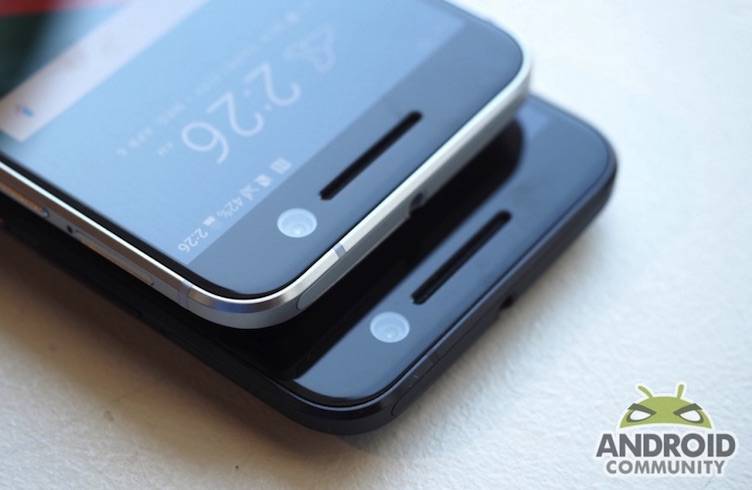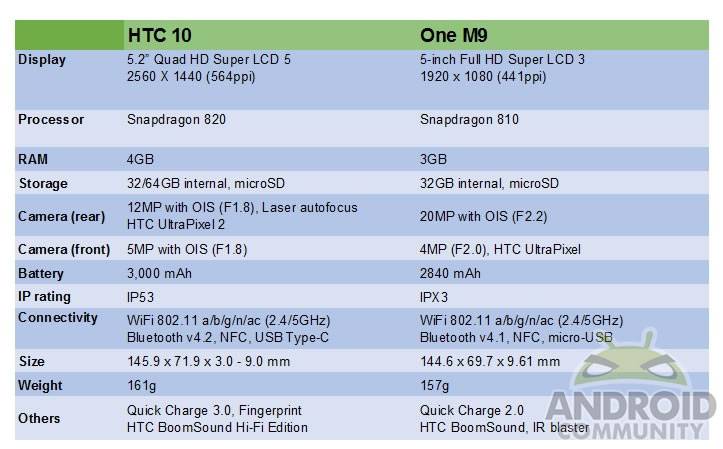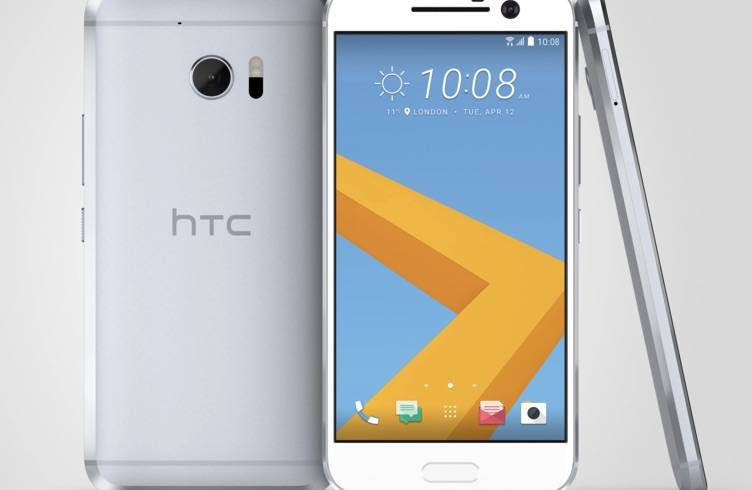
Ever since the One M7 was introduced back in 2013, this was the first time that HTC dropped the ‘One’ middle name. From One M8 to One M9 plus the other variants in between (One X9, One M9s, One A9, One M9+ Supreme Camera, One ME, One M9+, One M8s, One E9+, One E9, One M8 Eye, One E8), HTC decided to just use a number. We thought it would be the One M10 or the One 10 but we’re glad it’s as simple as the HTC 10. Maybe the Taiwanese company finally realized that the names are already confusing and are not helping people to remember them. So minus the ‘One’ and parentheses being dropped from the name, the latest flagship is simply called as the ‘HTC 10’.
This particular model has been anticipated since a teaser was released pertaining to a “world class” camera. That turned out to be the first OIS Selfie camera coupled with a 12MP Ultrapixel rear camera. HTC also hyped about the high-fidelity, hi-res audio quality courtesy of the BoomSound HiFi Edition and 24-bit Hi-Res audio support for headphones. Looks like HTC got the two important features covered but it’s too early to say. We only have our hands on and first impressions but we shared our early judgment that it’s the One M7 reboot we’ve been waiting for.

The HTC 10 is the rightful successor of the HTC One M9. Looking at the specs of the two smartphones, a lot has changed. HTC updated every bit except for the WiFi module which remained the same. That one isn’t major and honestly, not really noticeable.
HTC 10’s display is bigger than last year’s One M9. From 5-inch to 5.2-inch, screen quality also jumped from Full HD Super LCD 2 to a Quad HD Super LCD 5. Again, to the naked eye, it may not be noticeable. Pixel resolution is higher at 2560 x 1440 from 1920 X 1080.
The flagship phone now runs on the latest Snapdragon 820 processor versus the Snapdragon 810 on the One M9. RAM has been beefed up to 4GB which seems like the standard now. Both the One M9 and the HTC 10 Lifestyle only have 3GB RAM.
Onboard storage still starts at 32GB but a 64GB option is now available. Storage capacity can expand since there’s a microSD card slot available on both phones. Battery is bigger too so we can expect a longer battery life. The IPX3 rating of the One M9 becomes IP53 on the HTC 10. This means the device can be protected from water spray and from limited dust entry.

The camera setup is what makes the HTC 10 more impressive. Although the One M9’s 20 megapixels have gone down to only 12MP, the new phone still has a better camera because it’s UltraPixel with f/1.8 aperture, laser autofocus, and optical image stabilization (OIS). The front-facing camera is a major winner with OIS and f/1.8 aperture. The One M9 comes with a 4MP UltraPixel but the HTC 10’s Selfie camera with OIS produces better images.
Audio quality isn’t compromised as the HTC 10 has improved with the BoomSound Hi-Fi Edition from the old standard BoomSound.

The HTC 10 is slightly bigger and heaver compared to the One M9. As for connectivity, the new HTC 10 finally uses USB Type-C which is faster than the micro-USB on the One M9. Design-wise, the HTC 10 looks like any HTC phones we’ve seen but boasts of a full-metal unibody now. The old One M9’s build is only mostly metal.
Price tag reads $699.










With the lack of an IR Blaster, it looks like I’m finally going to have to find my TV remote…